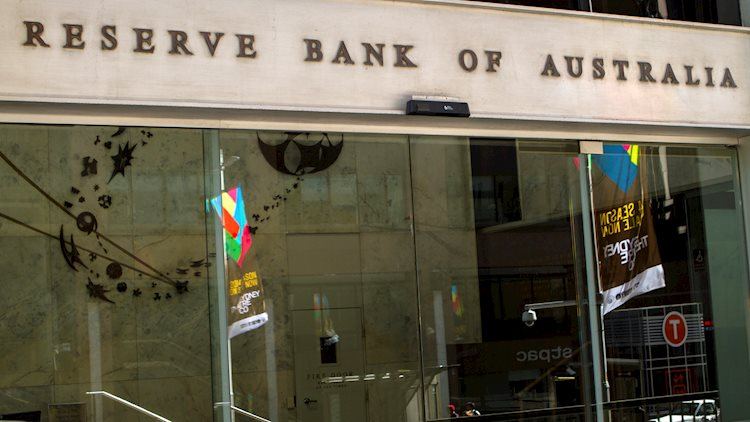The Reserve Bank of Australia (RBA) recently held its August monetary policy meeting and published the minutes of the meeting. During the meeting, the board members discussed the possibility of raising rates but ultimately decided that maintaining a steady outcome would better balance the risks. The RBA also mentioned that the cash rate may need to remain steady for an extended period of time. Additionally, the board indicated that they were unlikely to cut rates in the short term and emphasized the need to be vigilant about the upside risks to inflation. The RBA suggested that keeping rates steady for longer than implied by markets could help restrain inflation and stated that the possibility would need to be reassessed at future meetings.
Following the release of the RBA minutes, the market reacted with the AUD/USD pair trading near 0.6732, holding higher and adding 0.02% on the day. The minutes provided insights into the RBA’s stance on interest rates and inflation, which influenced the market sentiment towards the Australian Dollar. The board’s decision to maintain a steady outcome despite consideration for raising rates highlights their commitment to balancing the risks and ensuring price stability in the economy. Investors and traders will continue to monitor future RBA meetings and announcements for further guidance on monetary policy and its impact on the Australian Dollar.
The Reserve Bank of Australia (RBA) plays a crucial role in setting interest rates and managing monetary policy for Australia. The decisions are made by a board of governors at regular meetings throughout the year, with the primary mandate being to maintain price stability and contribute to the stability of the currency, full employment, and economic prosperity for the Australian people. The RBA uses tools such as raising or lowering interest rates, quantitative easing, and tightening to achieve its objectives. These decisions have a direct impact on the value of the Australian Dollar and the overall economic conditions in the country.
In recent times, inflation has been viewed differently in terms of its impact on currencies, with moderately higher inflation leading central banks to raise interest rates. This, in turn, attracts more capital inflows from global investors seeking profitable opportunities, strengthening the local currency like the Australian Dollar. Macroeconomic data, such as GDP growth, manufacturing and services PMIs, employment figures, and consumer sentiment surveys, play a significant role in influencing the value of the Australian Dollar. A strong economy can lead the RBA to raise interest rates, further supporting the valuation of the Australian Dollar in the foreign exchange market.
Quantitative Easing (QE) is a tool used in extreme economic situations when lowering interest rates is not enough to stimulate credit flow in the economy. In QE, the RBA prints Australian Dollars to buy assets such as government or corporate bonds, providing liquidity to financial institutions. This process usually results in a weaker Australian Dollar. On the other hand, Quantitative Tightening (QT) is undertaken after QE when the economy is recovering, and inflation is rising. In QT, the RBA stops purchasing assets and reinvesting the principal on bonds, which could have a positive impact on the Australian Dollar. Understanding these tools and their implications is vital for investors and traders looking to navigate the Australian currency market effectively.
Overall, the RBA’s commitment to maintaining price stability and balancing the risks associated with monetary policy decisions is crucial for the Australian economy. By monitoring the RBA’s meeting minutes, announcements, and policy changes, investors and traders can gain valuable insights into the future direction of interest rates and their impact on the Australian Dollar. With a focus on economic indicators, central bank tools, and market reactions, stakeholders can make informed decisions and optimize their strategies in the dynamic foreign exchange market.











